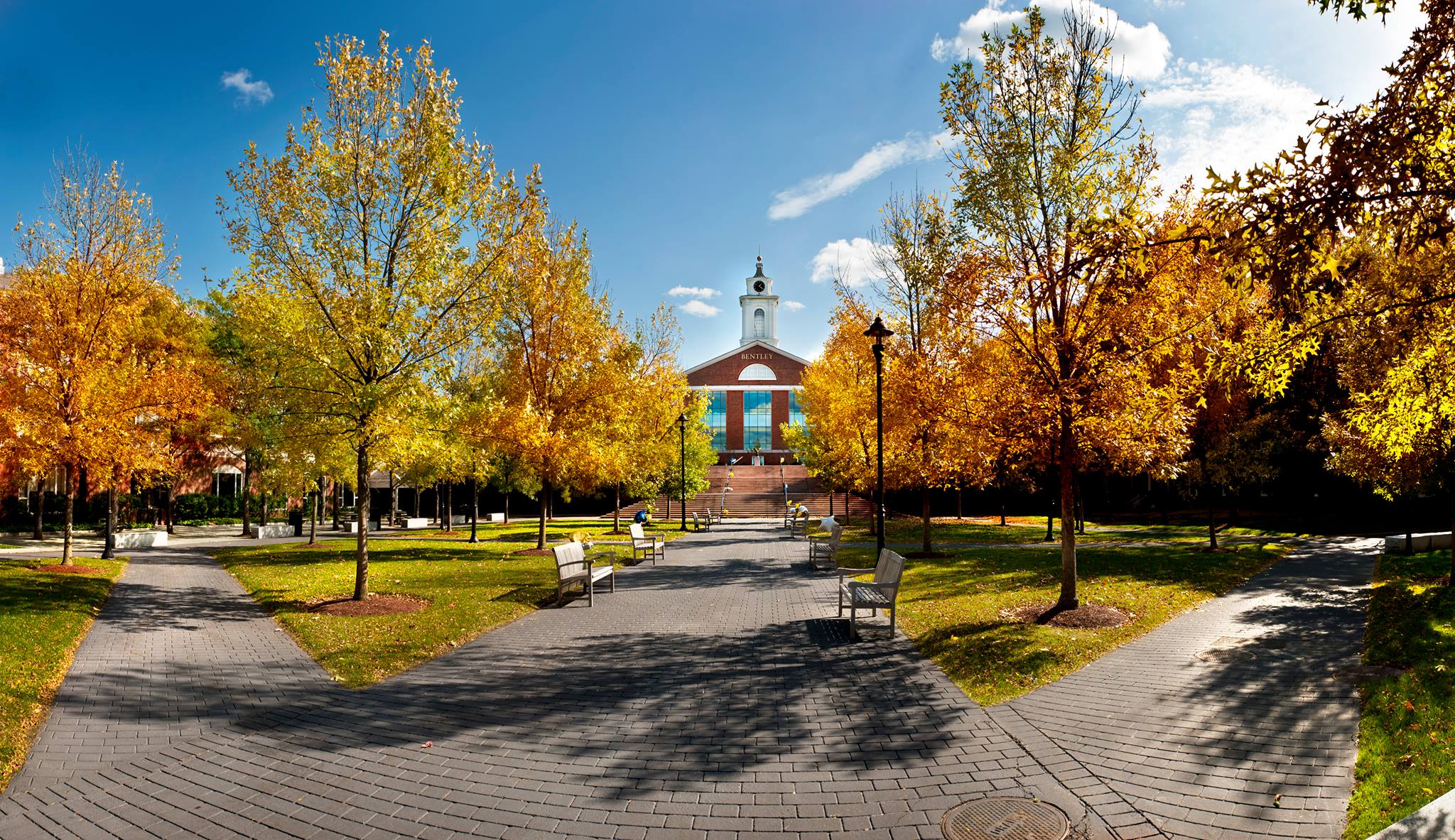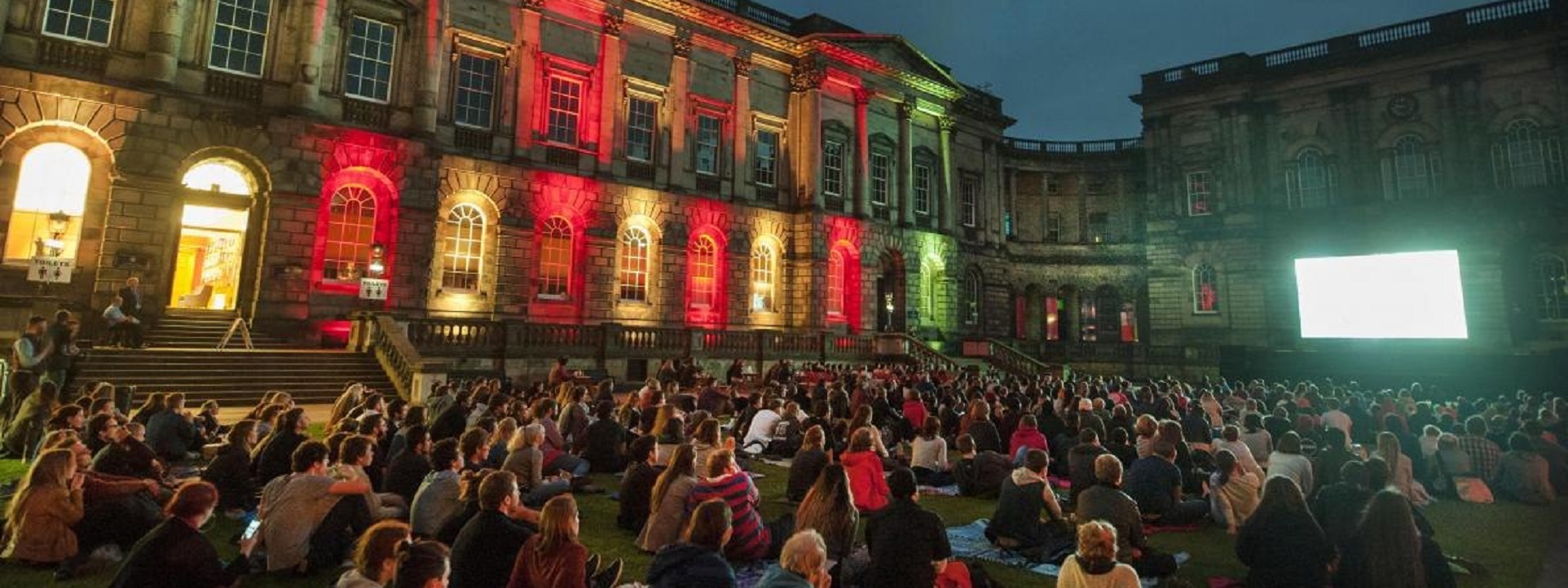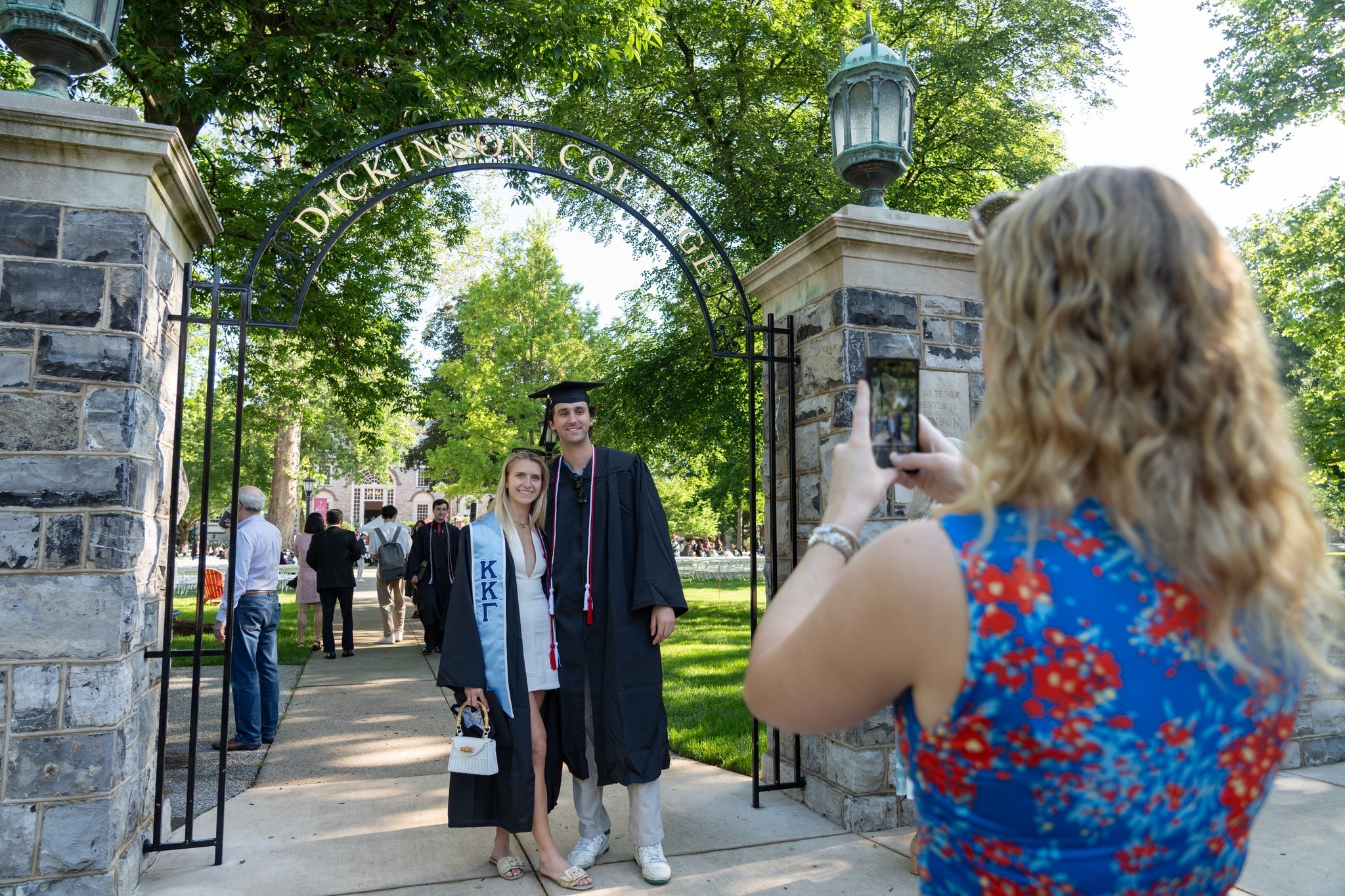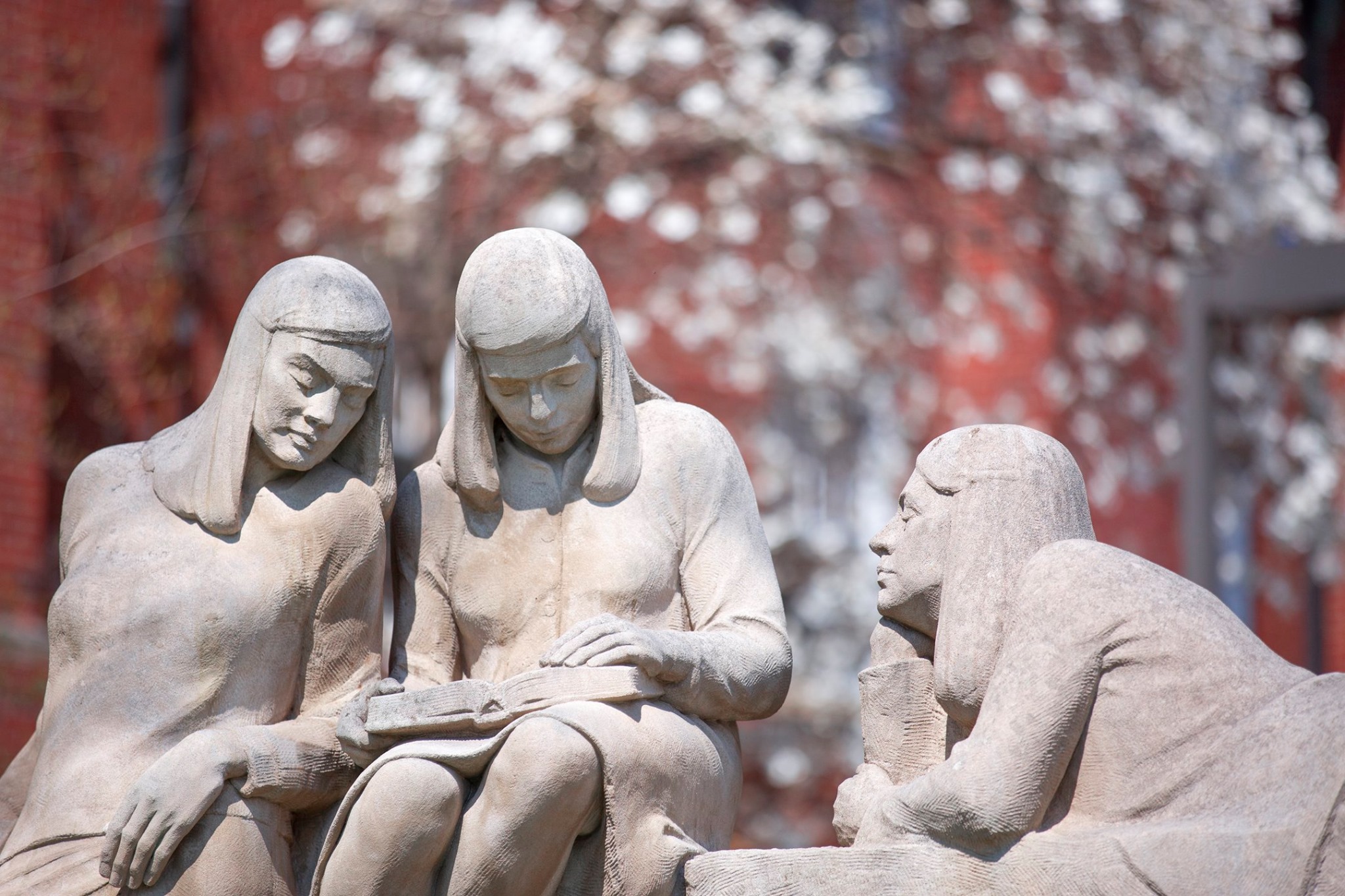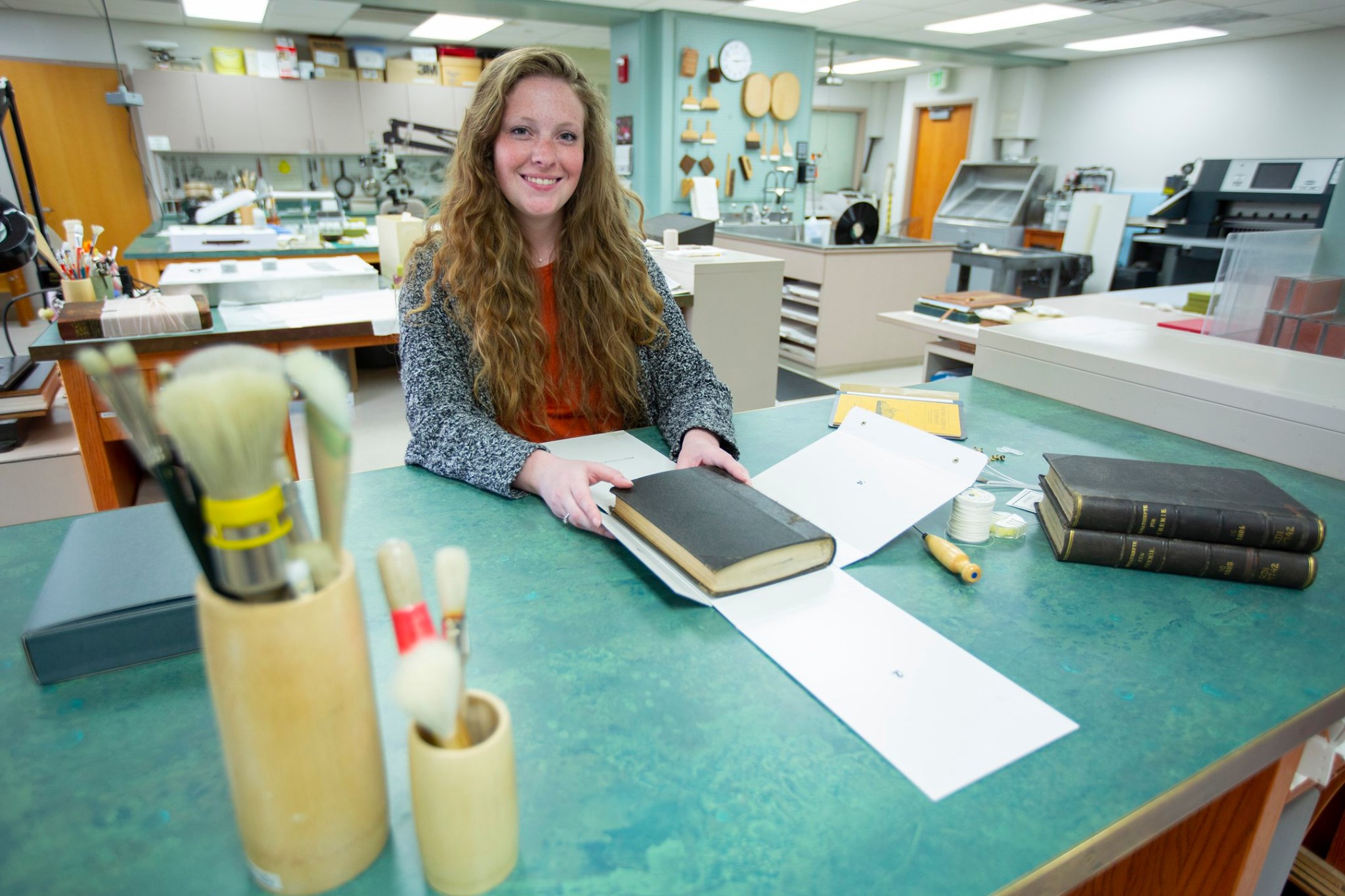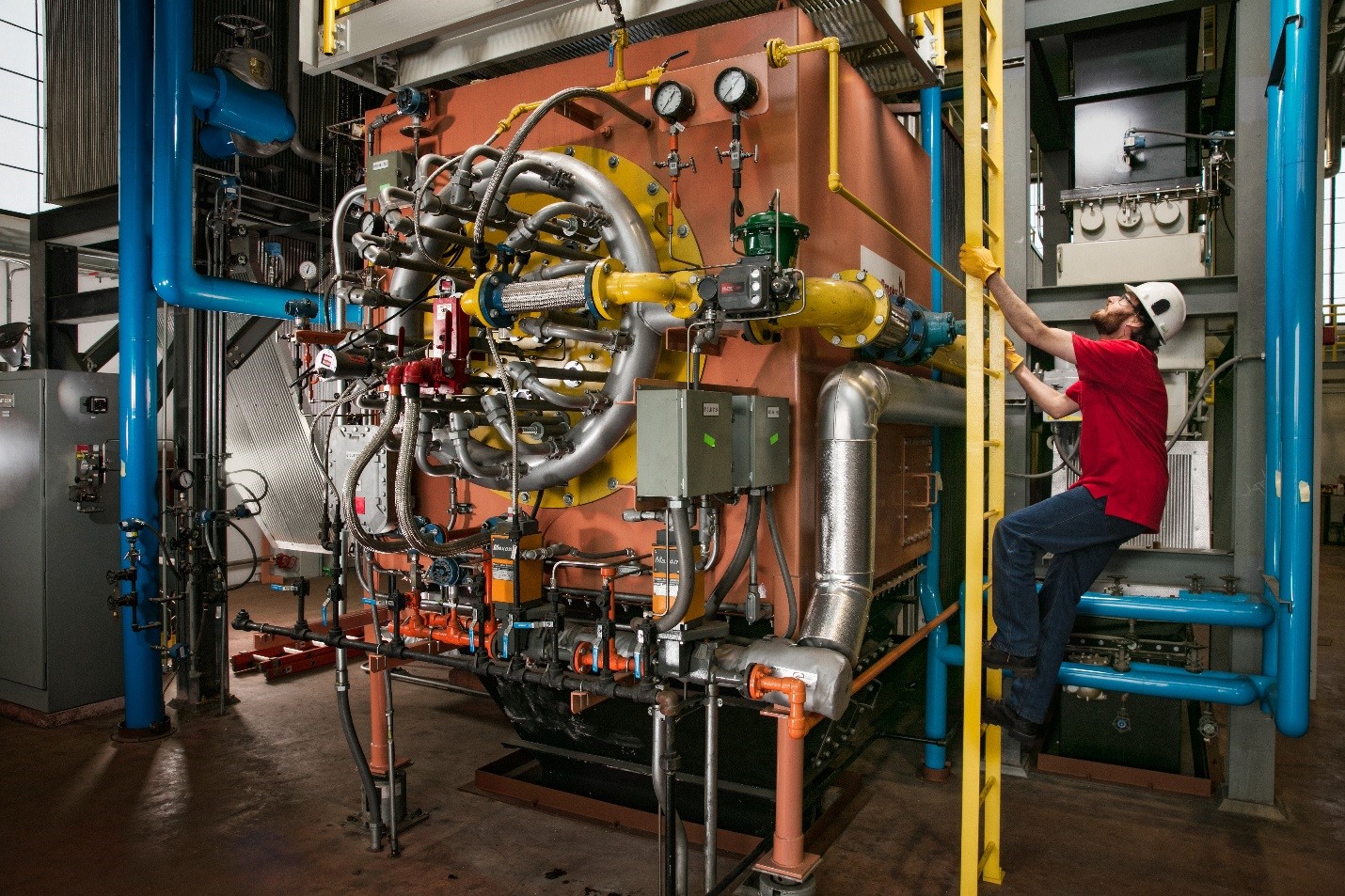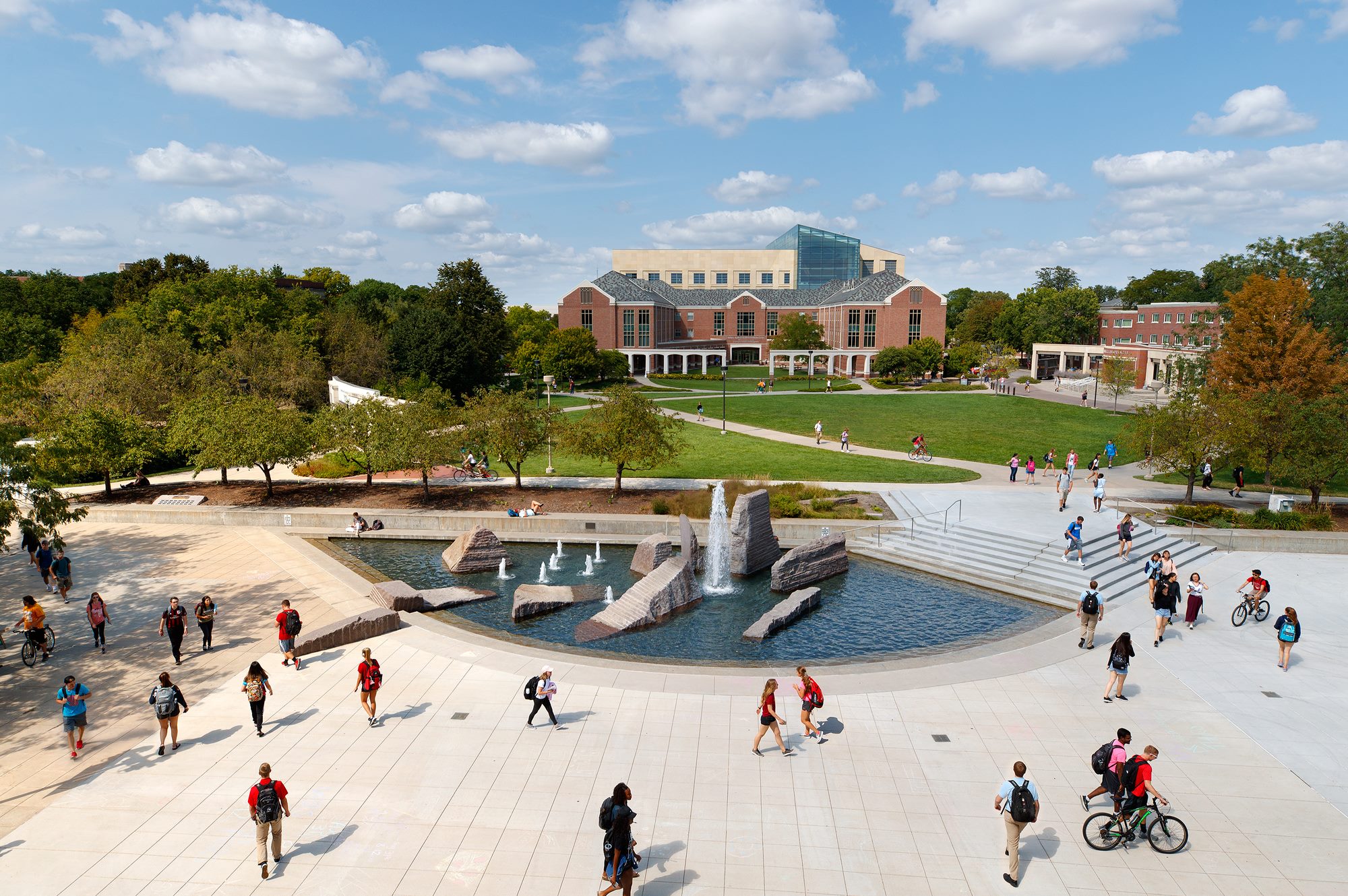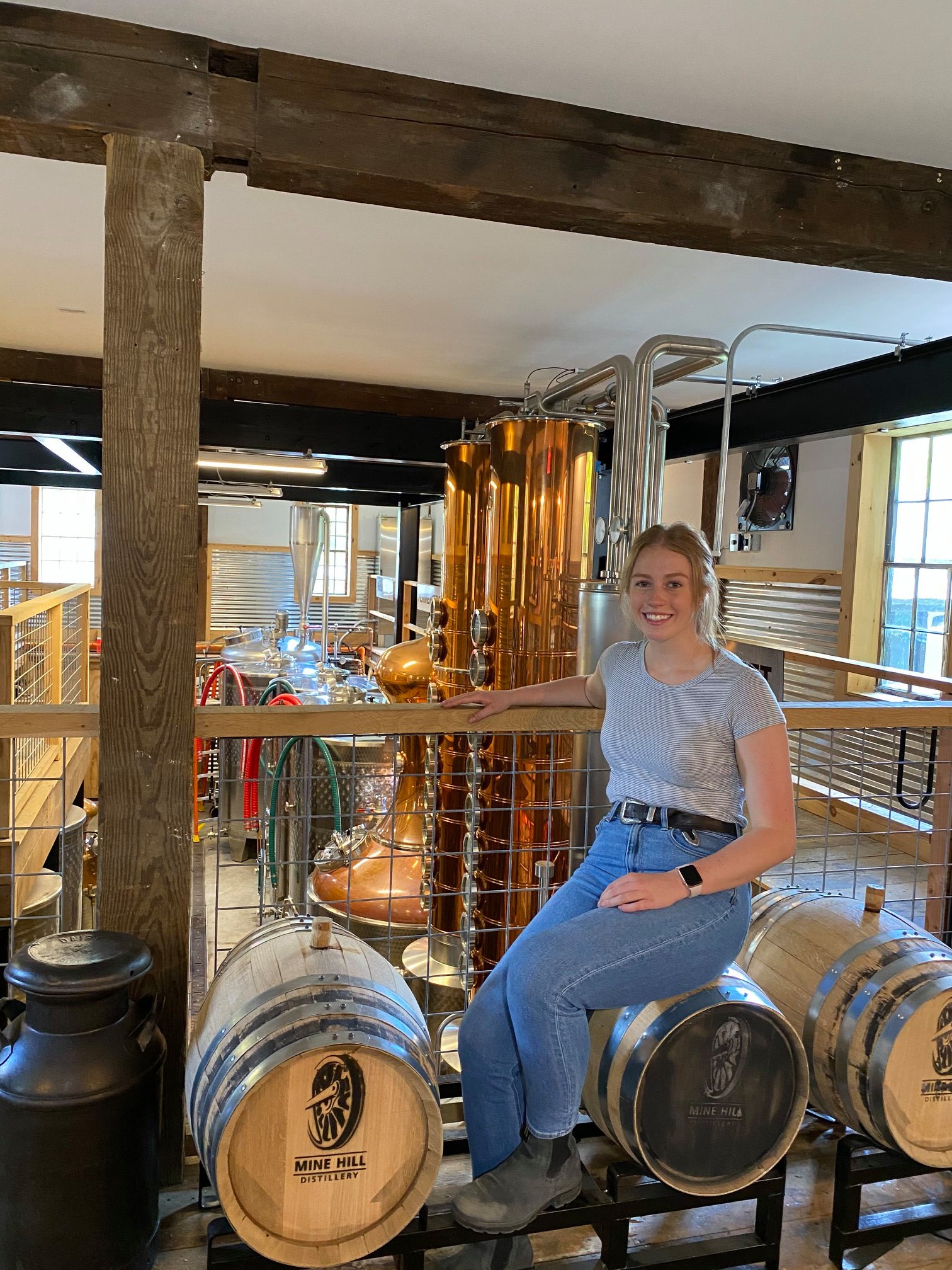Mike Anthony family home.
General George Custer birthplace
We hosted a meet & greet for our newly hired teachers and their mentors at DES this morning. We are excited for these new Vikings to join our team! 💙🤍 pic.twitter.com/nWX0CF70iq
— Dundee Schools (@DundeeViking) June 9, 2025



